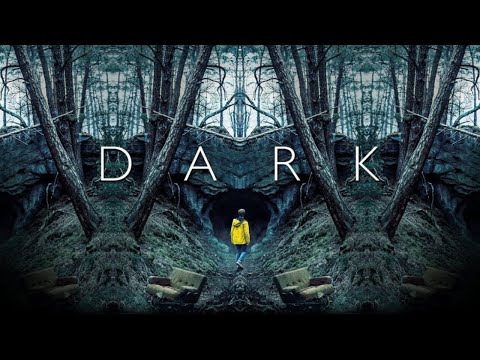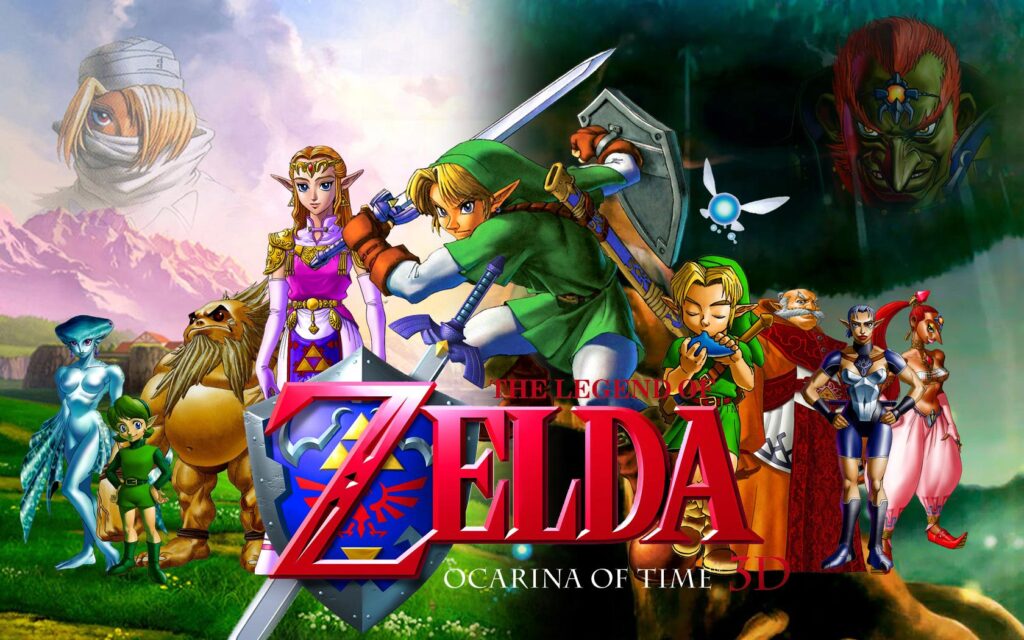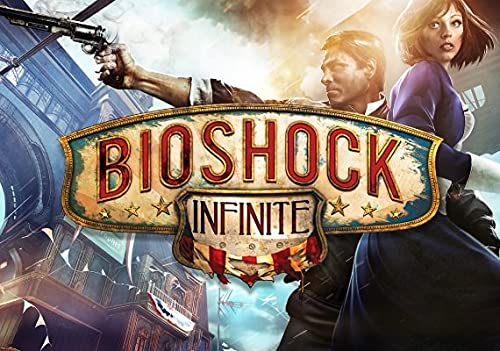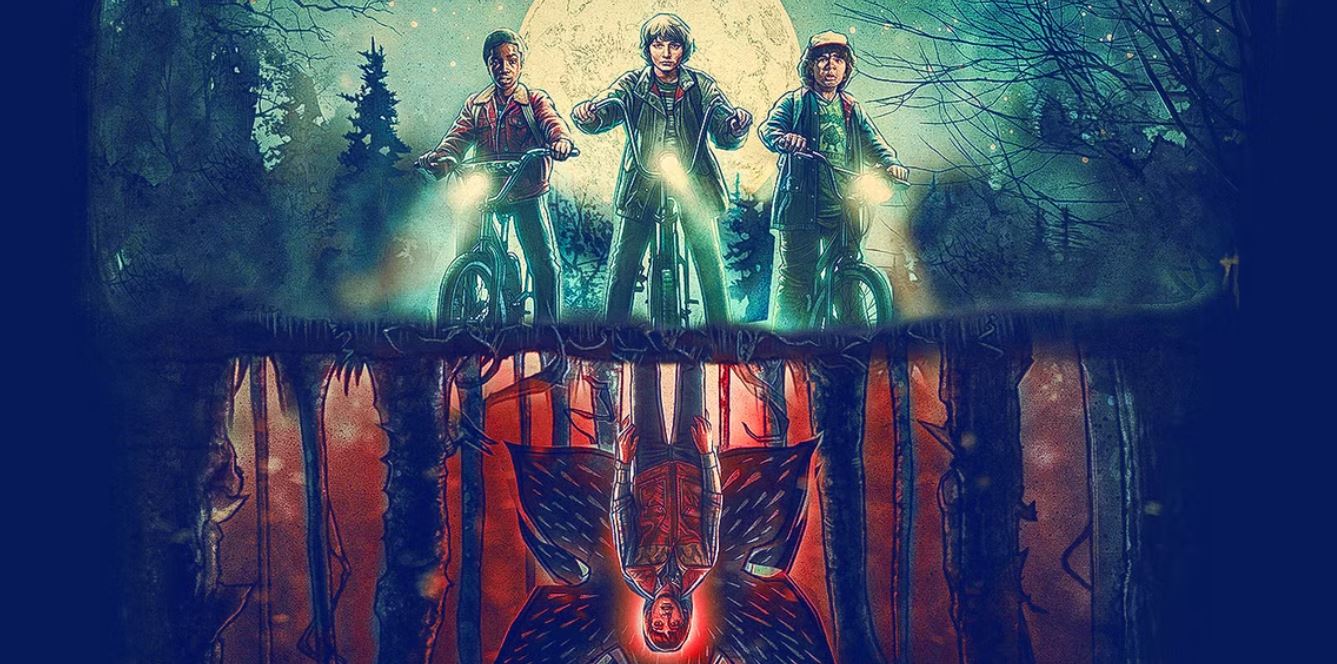The concept of parallel worlds, or alternate realities, has fascinated humanity for centuries, offering a “what if” lens to view the universe. Pop culture has embraced this idea wholeheartedly, weaving stories that challenge perceptions of reality and spark endless imagination. From blockbuster movies to binge-worthy TV shows and immersive video games, parallel worlds have become a cornerstone of modern storytelling.
Why Parallel Worlds Fascinate Us
At their core, parallel worlds tap into human curiosity and the universal desire to explore the unknown. They offer an escape from the mundane and a chance to ponder existential questions:
- What if our choices led to different outcomes?
- What if another version of us exists somewhere, living a completely different life?
These narratives challenge our understanding of identity, destiny, and reality itself, creating fertile ground for storytelling.
Movies: Blockbusters Exploring Alternate Realities
Movies have long been at the forefront of exploring parallel worlds, often with stunning visuals and thought-provoking narratives.
1. Inception (2010)

Christopher Nolan’s Inception blurs the lines between dreams and reality, inviting viewers into layered dreamscapes where time and physics are malleable. The film’s exploration of alternate realities within the mind raises questions about perception and control.
2. The Matrix Series (1999-2021)

The Matrix introduced audiences to a dystopian parallel world controlled by machines, challenging notions of free will and reality. The iconic “red pill or blue pill” moment symbolizes the choice between accepting reality or exploring alternate truths.
3. Spider-Man: Into the Spider-Verse (2018)

This animated masterpiece dives into the multiverse, bringing together different versions of Spider-Man. It’s a celebration of individuality and shared destiny, wrapped in stunning visual storytelling.
TV Shows: Episodic Journeys Through Parallel Dimensions
Television allows creators to delve deeply into the mechanics and implications of parallel worlds over multiple episodes.
1. Stranger Things

The Upside Down, a dark parallel world, plays a central role in Stranger Things. Its eerie existence mirrors the real world but with a sinister twist, showcasing how alternate realities can heighten tension and mystery.
2. Dark (2017-2020)

This German sci-fi thriller intricately weaves time travel and parallel worlds, examining the interconnectedness of family, destiny, and choice. The show’s complexity invites viewers to piece together the puzzle of alternate timelines.
3. Doctor Who

Over its decades-long run, Doctor Who has explored countless alternate dimensions, presenting moral dilemmas, alien worlds, and new interpretations of reality.
Video Games: Interactive Journeys Across Realities
Video games elevate the concept of parallel worlds by allowing players to actively engage with alternate realities.
1. The Legend of Zelda: Ocarina of Time (1998)

In this iconic game, players navigate two timelines: the vibrant world of Hyrule and a dark, dystopian future. The dual worlds highlight how actions ripple across realities.
2. BioShock Infinite (2013)

BioShock Infinite explores parallel universes through a gripping narrative filled with twists. Its themes of choice, identity, and consequence make it a standout in gaming.
3. Portal 2 (2011)

While not explicitly about parallel worlds, Portal 2 manipulates spatial dimensions, challenging players to think beyond conventional physics and reality.
Themes and Questions Parallel Worlds Bring to Pop Culture
Stories about parallel worlds often explore profound themes:
- Identity: Who are we in a different reality?
- Choice: How do our decisions shape alternate outcomes?
- Reality: What is real, and can it change?
These questions resonate deeply with audiences, making these stories memorable and impactful.
The Future of Parallel Worlds in Pop Culture
As technology evolves, the depiction of parallel worlds becomes more sophisticated. Virtual reality (VR) and augmented reality (AR) are already blurring the lines between fiction and experience, promising new ways to immerse audiences in alternate dimensions.
Conclusion
Parallel worlds in pop culture are more than a narrative device; they are a reflection of our deepest fears, hopes, and questions about existence. Whether through the lens of a movie, the episodes of a TV show, or the hands-on experience of a video game, these stories offer endless possibilities to explore the unknown. As our understanding of the universe expands, so will the creativity of these tales, ensuring that parallel worlds remain a captivating element of storytelling for generations to come.
